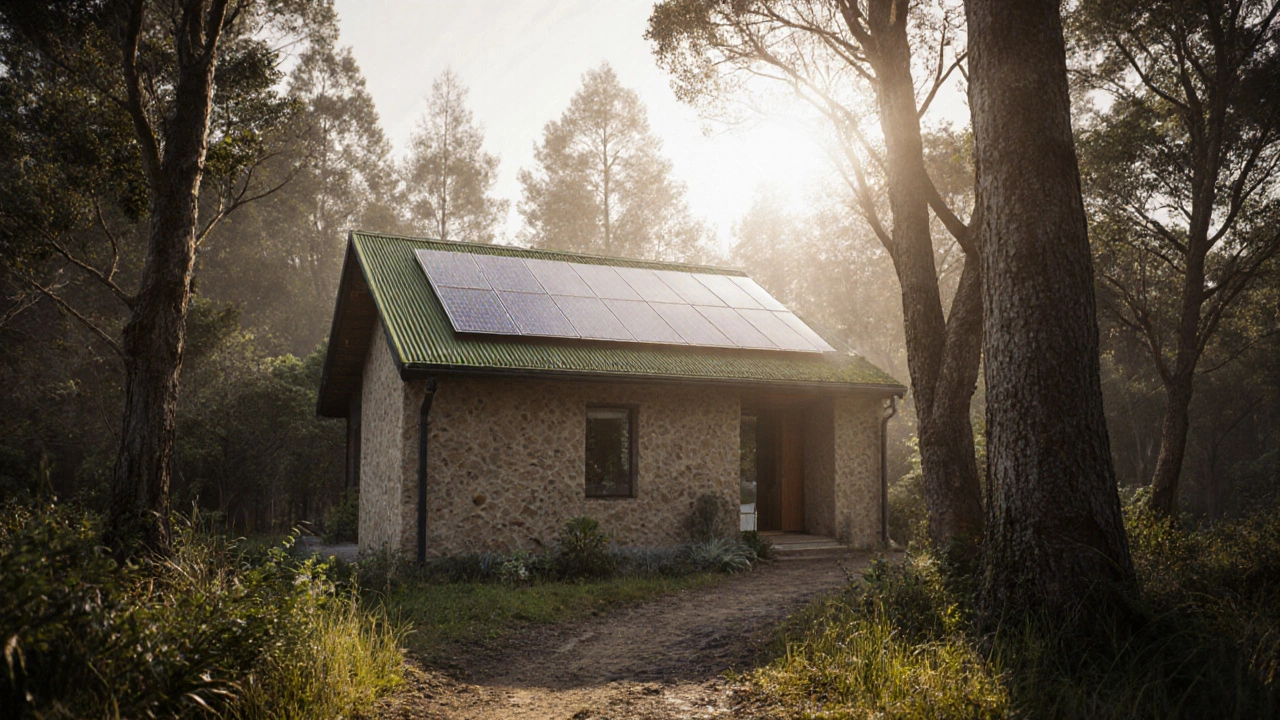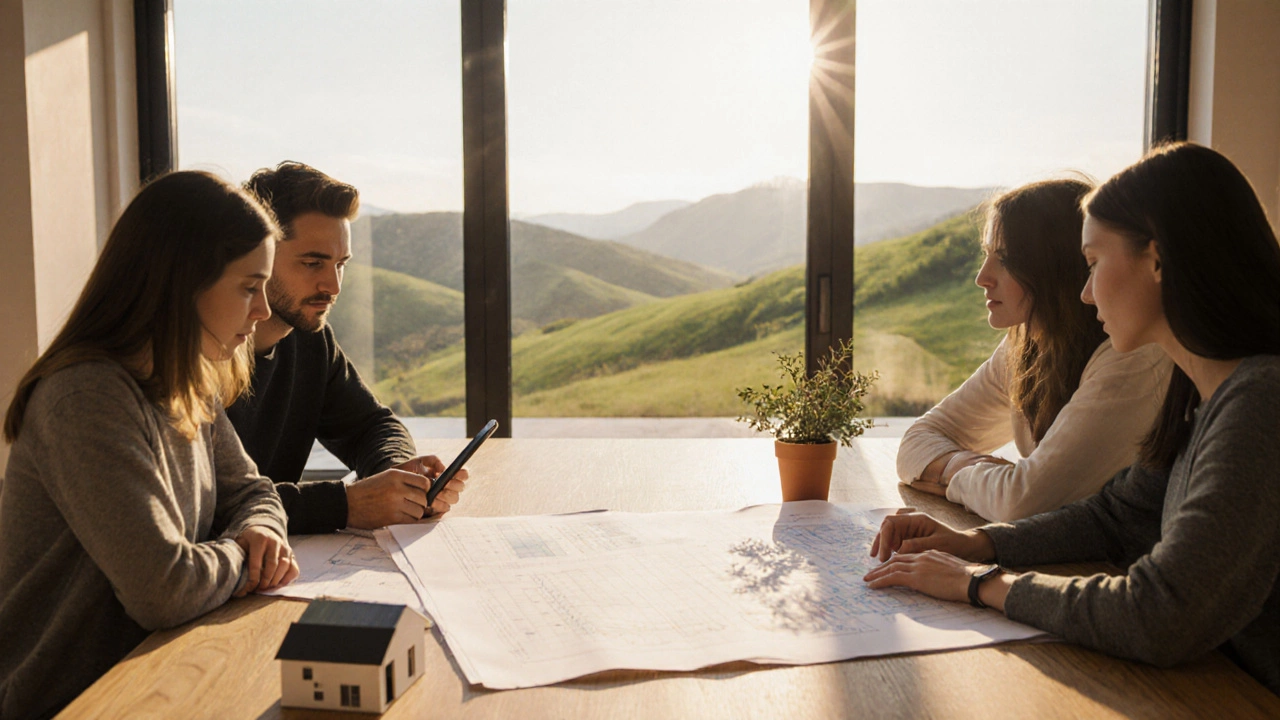Eco-Friendly House: Sustainable Living Made Simple
When working with eco-friendly house, a residence designed to cut down environmental impact while staying comfortable and affordable. Also known as green home, it blends energy efficiency, smart design, and responsible construction. Eco-friendly house concepts have moved from niche experiments to mainstream options for families across the UK. An eco-friendly house encompasses green building, a set of practices that use low‑impact materials, waste‑reduce methods, and designs that work with nature. Building an eco-friendly house requires renewable energy solutions like solar panels or heat‑pump systems, which lower utility bills and carbon output. The blend of these ideas means you get a home that feels modern, saves money, and respects the planet.
Key Elements That Make a House Truly Eco-Friendly
First up, sustainable materials matter. Think timber sourced from certified forests, recycled steel, or low‑embodied‑carbon insulation. When you choose such materials, you boost the structure’s durability and cut the hidden CO₂ that traditional brick and concrete release. Next, energy efficiency isn’t just a buzzword—it’s a measurable set of attributes. Triple‑glazed windows, airtight building envelopes, and passive solar design let the house stay warm in winter and cool in summer without cranking up the furnace. These features directly affect the home’s overall carbon footprint and keep heating bills low. Third, integrating renewable energy like rooftop photovoltaic panels or a small wind turbine turns the house into a mini‑power station. In many UK regions, you can even feed excess electricity back to the grid and earn credits, turning a green choice into a financial win. Finally, water‑saving fixtures and rain‑water harvesting systems shrink the home’s demand on municipal supplies, further reducing its environmental load.
Affordability is often the biggest hurdle, but clever planning makes it doable. Government grants, the Green Homes Grant, and local council incentives can offset upfront costs for insulation, solar PV, or heat‑pump installation. Pairing these subsidies with a phased approach—starting with the most impactful upgrades like insulation and efficient heating—spreads expenses over time. Additionally, designing a compact floor plan reduces the amount of material needed and keeps heating loads low, so you get a cozy space without waste. When you combine these strategies, the total cost gap between a conventional house and an eco‑friendly alternative narrows dramatically, and the long‑term savings often pay off within a few years. Below you’ll find articles that break down each of these topics, from budgeting for a green build to choosing the right renewable tech, giving you a step‑by‑step roadmap to your own sustainable sanctuary.
Best Places to Build an Eco-Friendly House in 2025
Discover the top places around the world to build an eco-friendly house in 2025, where climate, energy access, and local incentives make sustainable living affordable and practical.
- Oct, 27 2025
- 0 Comments
Most Eco‑Friendly House Types to Build in 2025
Explore the most eco‑friendly house types, from Passive House to Earthship, with a comparison guide, practical tips, and FAQs for greener building in 2025.
- Oct, 25 2025
- 0 Comments

